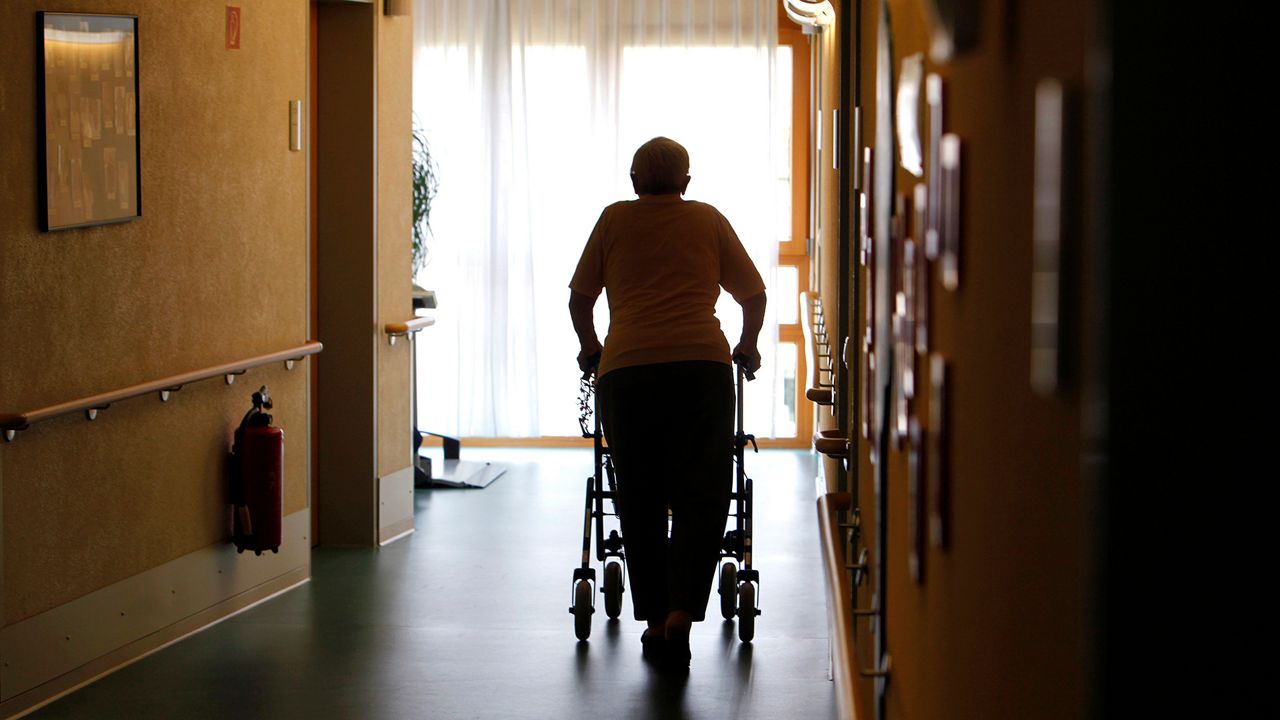For Chris Bradley, the feeling was an indescribable rush.
"It was an overwhelming euphoric sensation to my head and then a lightheadedness and almost made my knees felt like jelly. And it was an instant," he said.
Bradley is talking about his experience with Juul. He vaped e-cigarettes for three years. He started at 21 and says looking back, he felt tricked into thinking what he was doing was safe.
“This product was a Juul, was a very sleek device. You know, it didn't smell sort of all the things that turned me off from combustible tobacco products. And in the past, you know, weren't there. So it just seemed like a perfectly normal thing to do. And then accompanied by that physical sensation, I was just immediately hooked,” said Bradley.
Theresa Zubretsky is the community engagement coordinator at Capital District Tobacco-Free Communities.
"Juul nailed it with their nicotine delivery, so they were the first of the disposable or vape products on the market that use nicotine salts as the nicotine delivery system, and that by using nicotine salts, the delivery of nicotine happened much quicker and very powerfully.”
Early marketing of some e-cigarette distributors claimed people were inhaling harmless water vapors.
“It's an aerosol that contains particulate matter of chemicals, many of the same chemicals in traditional cigarettes, many cancer-causing chemicals as well. So that whole claim, which they can no longer legally make, was proven to be simply false,” said Zubretsky.
In April, Juul agreed to pay $462 million to more than six states in order to settle lawsuits and investigations into claims of it being safe and non-addictive.
More than 2.5 million youth reported e-cigarette usage last year. The study published by the Centers for Disease Control and Prevention and Food and Drug Administration called the statistics "deeply concerning."
“I was really unfamiliar and shocked about how unfamiliar I was about tobacco marketing and what that looked like in my local community,” said Bradley.
Bradley took an opportunity to work for the Adirondack Health Institute, sharing his personal story so that others in the community learn about how access to certain products could have a negative impact on their health.










